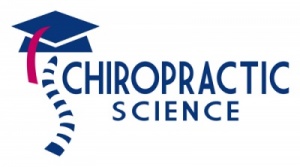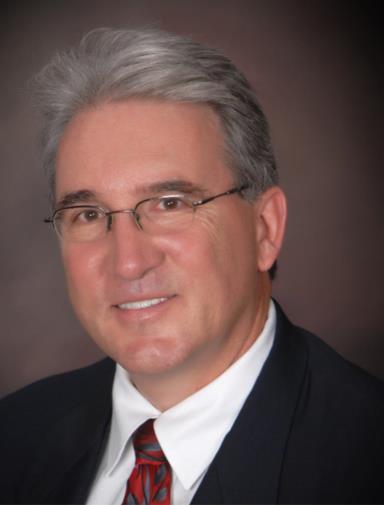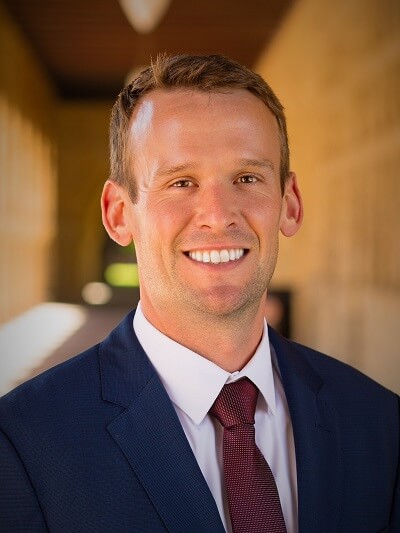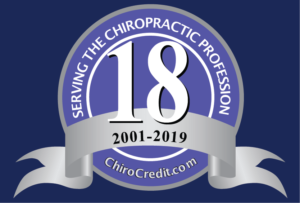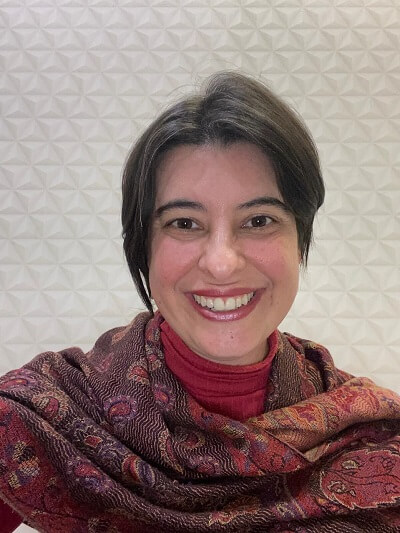
Dr. Caroline Fagundes and I discuss vertebral artery strain, posture and falls in this episode of the chiropractic science podcast. Dr. Fagundes always knew that her professional field would be in healthcare, and when she read about chiropractic, there were no doubts about which profession to choose. She graduated from chiropractic school in 2008 but continued to seek answers, which led her to a graduate degree in kinesiology at the Federal University of Rio Grande do Sul (Brazil). This is where she also had her first contact with the research of Professor Walter Herzog.
In 2017, she was awarded a scholarship for the Master’s Degree in Cultural Diversity and Social Inclusion, in the area of Health and Social Inclusion – Aging. Her research was about the relationship between static posture and falls in elderly. In her PhD, also carried out with a scholarship, she continued to study this relationship and in 2021 she was awarded a scholarship to study abroad. Dr. Fagundes embarked on a trip to Calgary, Canada in September to study the strain caused in the vertebral artery during cervical movements and cSMT with Professor Herzog. She returned to Brazil in February 2022, and then finished her PhD and currently works as a chiropractor and acupuncturist in her own office in the South of Brazil.
Find more studies by Dr. Caroline Fagundes at Researchgate.net.
Caroline Fagundes, Walter Herzog. Strain of the vertebral artery during passive neck movements and spinal manipulation of the cervical spine: An observational study, Journal of Bodywork and Movement Therapies, Volume 40, 2024, Pages 569-574, ISSN 1360-8592, https://doi.org/10.1016/j.jbmt.2024.05.011.
(https://www.sciencedirect.com/science/article/pii/S1360859224002882)
